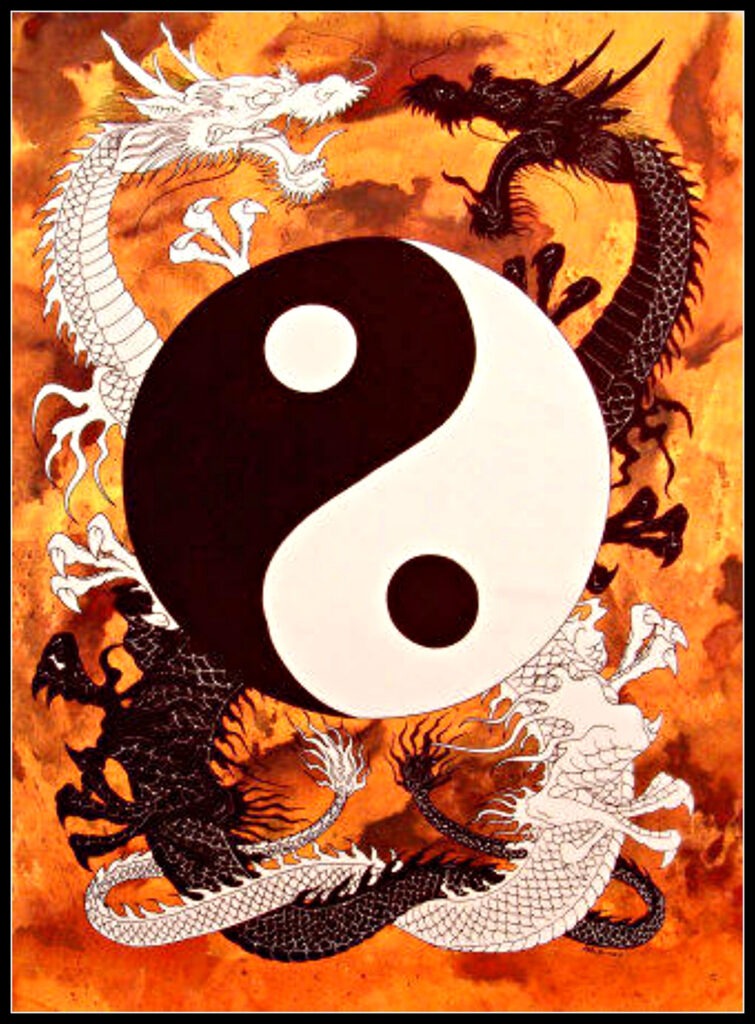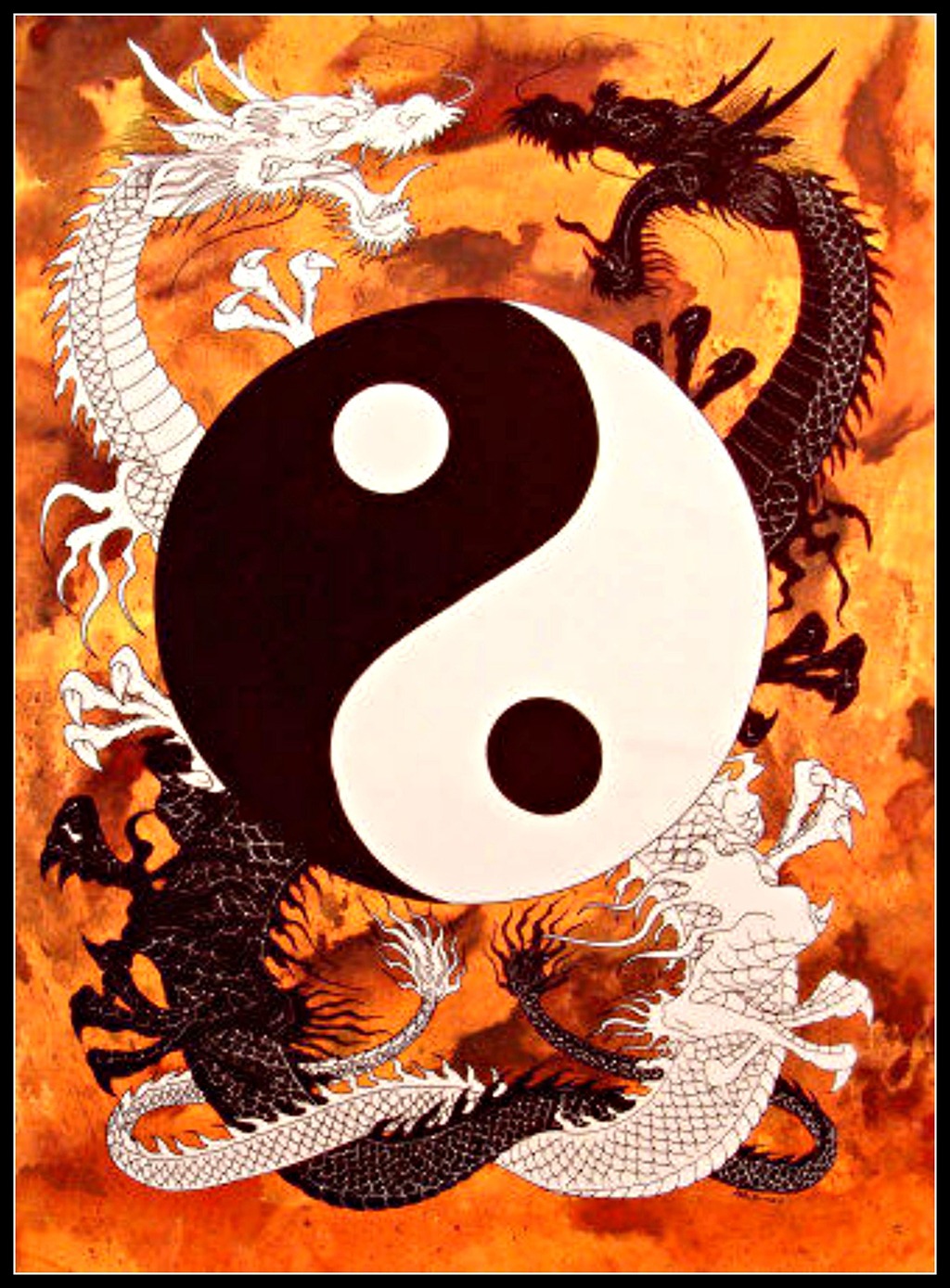
Yin and Yang
Yin and Yang
Yin and yang | www.thenativeamericantaoist.com

In Chinese philosophy, the concept of yin and yang is used to describe how seemingly opposing forces are bound together, intertwined, and interdependent in the natural world, giving rise to each other in turn. The concept lies at the heart of many branches of classical Chinese science and philosophy, as well as being a primary guideline of traditional Chinese medicine, and a central principle of several forms of martial arts and exercise, such as taijiquan, gung fu and qigong. Many natural dualities – e.g. dark and light, female and male, low and high – are cast in Chinese thought as yin and yang. The relationship between yin and yang is often described in terms of sunlight playing over a mountain and in the valley. Yin (literally the ‘shady place’ or ‘north slope’) is the dark area occluded by the mountain’s bulk, while yang (literally the ‘sunny place’ or ‘south slope’) is the brightly lit portion.
As the sun moves across the sky, yin and yang gradually trade places with each other, revealing what was obscured and obscuring what was revealed. Yin is usually characterized as slow, soft, insubstantial, diffuse, cold, wet, and tranquil. It is generally associated with the feminine, birth and generation, and with the night. Yang, by contrast, is characterized as hard, fast, solid, dry, focused, hot, and aggressive. It is associated with masculinity and daytime.





Responses